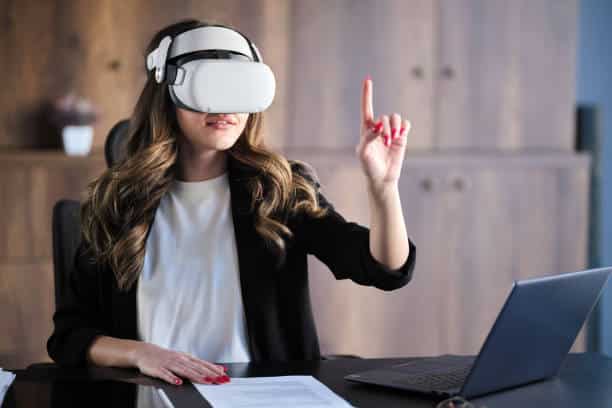I
- Identity and Access Management (IAM)
- Incident Response
- Industrial IoT (IIoT)
- Industry 4.0
- Infrastructure as Code (IaC)
- Infrastructure Security
- Innovation Product Design
- Innovation Product Development
- Insider Threat Detection
- Integration Testing
- Intelligent Automation
- Intelligent Process Automation
- Interactive Application Security Testing (IAST)
- Internet of Things (IoT)
- Internet of Things Platform
- Internet of Things Strategy
- Intrusion Detection System (IDS)
- IT/OT Convergence
Virtual Reality (VR)
Simple Definition for Beginners:
Virtual reality (VR) is a technology that creates immersive, computer-generated environments or simulations, allowing users to interact and experience a virtual world as if they were physically present.
Common Use Example:
A person wears a VR headset to explore a virtual museum, where they can walk around, examine artifacts, and learn about history through interactive exhibits.
Technical Definition for Professionals:
Virtual reality (VR) refers to a simulated environment or experience created using computer technology and specialized hardware, such as VR headsets or goggles. VR environments can be entirely computer-generated or based on real-world environments captured through 360-degree videos or photographs. Users interact with VR environments using motion controllers, hand tracking, and other input devices to navigate, manipulate objects, and engage with virtual elements. VR technology relies on techniques like 3D rendering, spatial audio, haptic feedback, and immersive displays to create a sense of presence and realism, allowing users to suspend disbelief and feel fully immersed in the virtual world.
Virtual Reality (VR)

